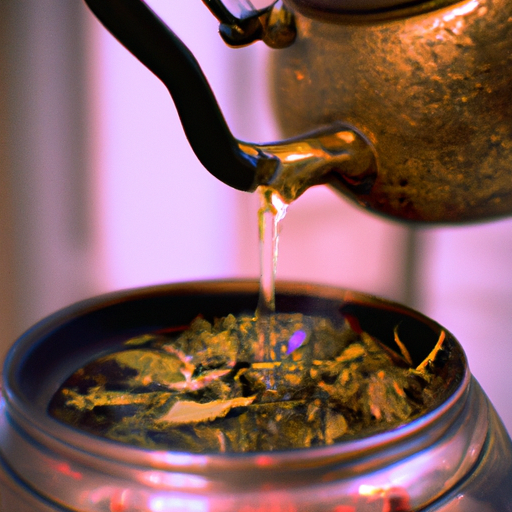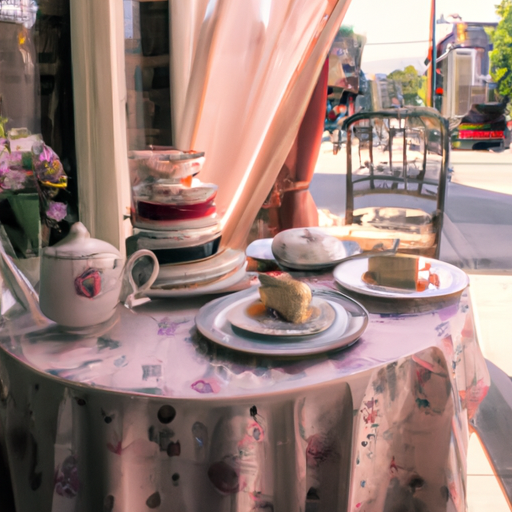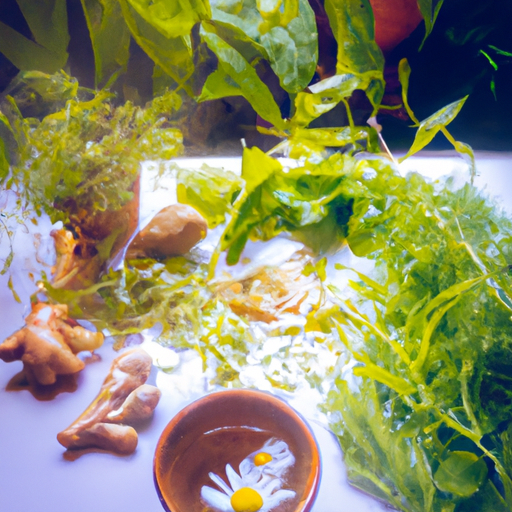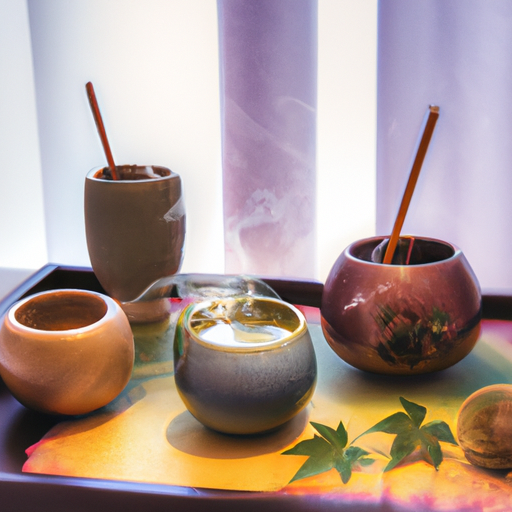Are you sick of bland, old green tea? Searching for a way to make it more exciting? Fear not, my friend, for I have the perfect solution for you. Allow me to present the process of roasting green tea in the comfort of your own home.
This technique, which I like to call the ‘tea-tastic transformation,’ will take your ordinary green tea to a whole new level of deliciousness.
Roasting green tea is not only a great way to reduce waste, but it also allows you to enjoy a unique and flavorful brew. With just a frying pan and a few minutes of your time, you can create hojicha, a Japanese green tea that boasts a rich, earthy taste and a beautiful reddish-brown color. And the best part? You can use any type of green tea – sencha, bancha, or kukicha – that you have lying around.
So, are you ready to embark on a tea-roasting adventure? Join me as I guide you through the steps of choosing the right tea, the roasting process, and everything in between.
Get ready to savor the aroma, the taste, and the pure joy of roasting your own green tea at home. Trust me, once you try it, there’s no going back.
Let’s get started!
Key Takeaways
- Roasting green tea at home is simple and only requires a frying pan.
- Hojicha is a Japanese green tea that is roasted after steaming, giving it a reddish-brown color and rich, earthy flavor.
- Roasting tea is a great way to use up stale or low-grade green tea and reduce waste.
- The roasted green tea can be steeped right away and enjoyed, with the steeped tea having a reddish-brown color and the ability to be resteeped multiple times.
Steps for Roasting Green Tea
I will now explain the steps for roasting green tea at home, specifically making hojicha. Roasting tea not only allows you to use up stale or low-grade green tea, but it also brings out a rich, earthy flavor that’s truly delightful.
There are different roasting techniques you can try, depending on your personal preference. One method involves using a frying pan, where you continuously move the tea leaves to avoid burning. Another option is to use a wok, which can give your tea a smoky flavor.
Regardless of the technique you choose, the benefits of roasting tea are numerous. It reduces waste, enhances the flavor, and provides a satisfying and enjoyable process.
So, grab your frying pan or wok, and let’s get started on this wonderful journey of roasting green tea at home!
Choosing the Right Tea
When embarking on the journey of roasting tea, it’s important to select the perfect leaf, like a painter choosing the right brushstroke for their masterpiece.
Exploring different tea varieties is key to finding the ideal green tea for roasting. Each type of green tea has its own unique flavor profile that can be enhanced through the roasting process.
Sencha, with its grassy and slightly sweet taste, can be transformed into a nutty and toasty hojicha.
Bancha, known for its robust and earthy flavor, can produce a deeply rich and caramel-like hojicha.
Kukicha, with its blend of stems and leaves, can create a mellow and smooth hojicha.
Understanding the flavor profiles of different green teas will allow you to choose the right one to roast, resulting in a perfectly balanced and delicious cup of hojicha.
Roasting Process
To start the roasting process, simply heat a frying pan over medium heat. Once the pan’s hot, add the tea leaves and begin moving them constantly to ensure even roasting. As the leaves start to heat up, a wonderful aroma will fill the kitchen, creating a sense of anticipation for the final result.
The benefits of roasting tea leaves are numerous. Not only does it transform stale or low-grade green tea into a flavorful and enjoyable beverage, but it also reduces waste. Through the roasting process, different flavors are achieved, adding depth and complexity to the tea.
Depending on the desired roast level, the tea leaves can be removed from the pan when they turn a beautiful reddish-brown color. The end result is a rich and earthy hojicha that can be steeped right away and enjoyed.
So grab a frying pan and let’s start roasting!
Frequently Asked Questions
What are some common mistakes to avoid when roasting green tea at home?
When roasting green tea at home, it’s important to avoid common mistakes for successful green tea roasting. One tip is to continuously move the tea leaves in the frying pan to prevent burning. Remember the adage, "Patience is a virtue."
Can I roast green tea using a different method or equipment?
Sure! There are different roasting methods for green tea, such as using a tea roaster or an oven. Alternative equipment for roasting green tea includes a tea roaster, a popcorn popper, or a hot air gun.
How long can I store roasted green tea before it goes bad?
Storing roasted green tea is like preserving a precious treasure. Its shelf life can vary depending on the storage conditions, but when stored properly in an airtight container, it can stay fresh for up to 6 months, maintaining its rich flavor and aroma.
Can I roast other types of tea besides green tea?
Yes, you can roast other types of tea besides green tea. Roasting different types of tea like oolong can also be done using similar methods. Alternative methods for roasting tea include using a wok or specialized tea roasting equipment. It’s a fun and enjoyable process!
What are some creative ways to use roasted green tea in recipes besides just steeping it?
Enhance the flavor of roasted green tea in desserts with creative recipes! Try a luscious matcha mousse cake, dreamy hojicha ice cream, or decadent green tea tiramisu. These treats will leave you craving more!










